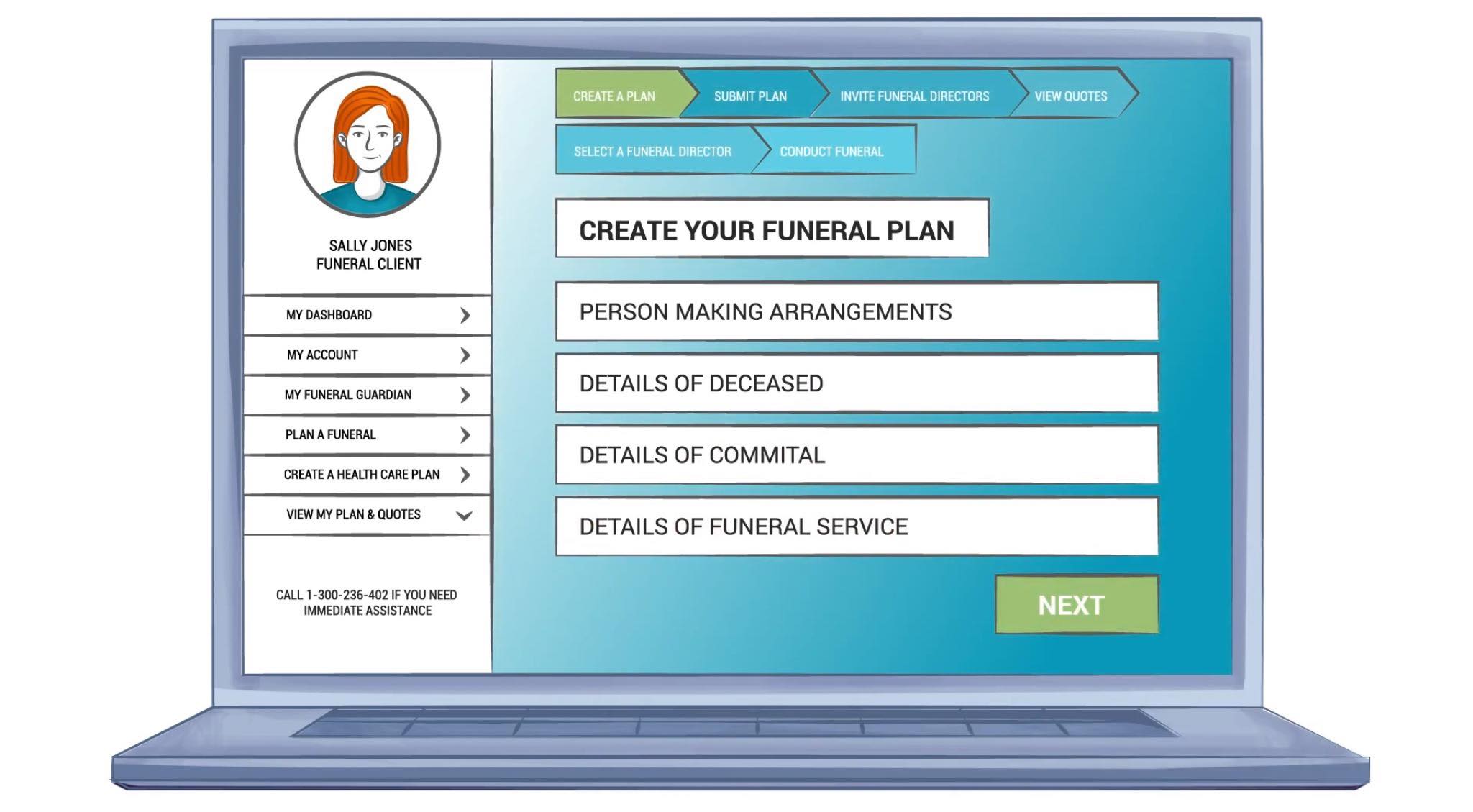Embalming is the process of preserving the human body after death to delay decomposition. Human beings have been practising embalming in various forms for thousands of years.
Many people still choose embalming for their loved ones. Funeral directors may have the facilities to carry out embalming themselves, or can arrange for an embalmer to care for your loved one.
In Australia, embalming is usually not a legal requirement unless the person who has died is to be transported. Your funeral director will be able to advise you of any regulations.
The embalming process
There are two main types of embalming: arterial and cavity. The arterial process works by replacing blood with embalming fluids, whereas cavity involves draining and filling the abdomen and chest.
Before embalming begins, the person who has died is washed with a disinfectant solution and the body is massaged to relieve any rigor mortis, when muscles and joints can become stiff after death. The eyes and mouth are closed.
In the case of arterial embalming, the blood is removed via the veins and replaced with embalming fluids via the arteries. Embalming solutions are commonly a mixture of formaldehyde, glutaraldehyde, methanol, ethanol, phenol, and water.
In the case of cavity embalming, the natural fluids inside the chest and abdomen are drained removed via a small incision. These fluids are then replaced by embalming solution and the small incision is closed.
After the embalming process is complete, the body is often cosmetically prepared for viewing. This involves once again washing the person who has died, dressing them, grooming their hair and applying make-up.
Why choose embalming?
Embalming delays natural decay, making it possible to view your loved one for a longer period after their death. Therefore, you may choose embalming if it will be several weeks before the burial and you intend to view your loved one, or allow other mourners to view them. Some people choose embalming because it is a cultural tradition, or simply because their loved one expressed a wish to be embalmed.
If your loved one is to be repatriated from Australia to another country, or vice versa, it is a legal requirement that they be embalmed before transportation. The only alternative is to have them cremated and then repatriate the ashes.
There are some cases when embalming may not be necessary or permitted. This includes:
- When the person who has died followed a religion which prohibits embalming; for example, some forms of Christianity, Judaism and Islam.
- When the person is to be buried in a natural burial ground. Many green burial grounds do not allow embalming at all, but regulations can vary.
- If neither you nor any other mourners intend to view your loved one before the funeral.
If you are unsure whether or not you want your loved one to be embalmed, your funeral director will be able to advise you further.

About eziFunerals
eziFunerals supports individuals and families cope with end of life decisions, death and funerals. We are an independent, Australian-owned and operated company. We are not part of any other funeral company.
Our member Funeral Directors operate in Sydney, Melbourne, Brisbane, Perth, Adelaide and Australia wide. Thet are chosen for their knowledge, quality, service, personalisation and experience. They go above and beyond, and will take the time to support the family.
For more information or to make contact with a trusted Independent funeral director, call eziFunerals on 1300 236 402 or visit www.ezifunerals.com.au.




